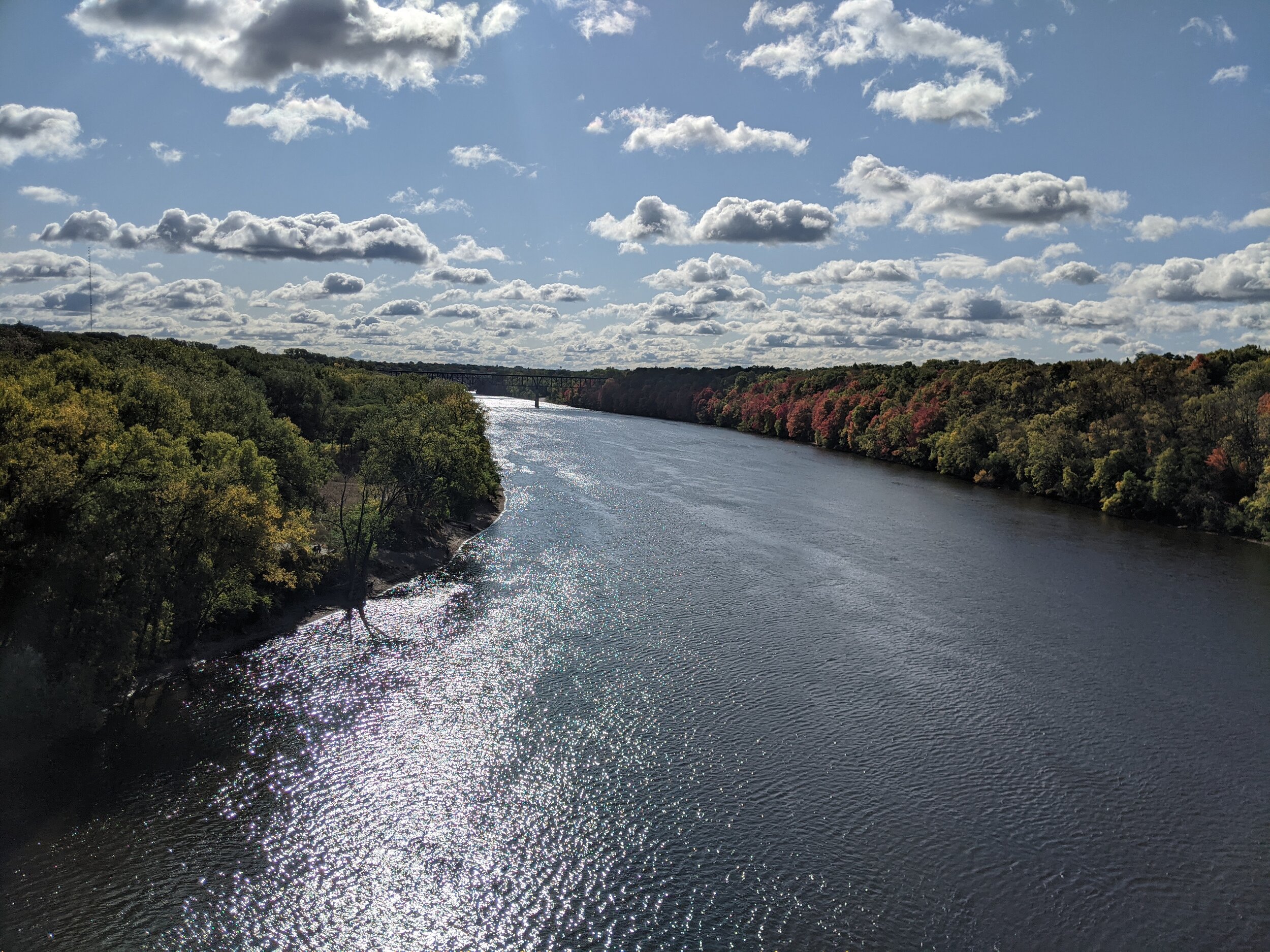
Fish community responses to climate change in the Midwest
Climate change is influencing fish communities in lakes throughout the upper Midwest. Popular sport fish such as walleye are declining in many lakes, while warmwater species such as largemouth bass are increasing. However, not all lakes or fish species respond in the same way, even when they experience the same conditions. In some cases, local management actions such as restoration or protection of lake habitat can slow down or mitigate the negative effects of climate change on economically and ecologically important fish species. This project aims to understand how multiple fish species (walleye, yellow perch, northern pike, largemouth and smallmouth bass, and cisco) with different temperature preferences respond to climate change, and how their responses are affected by lake habitat conditions.
Fisheries managers in Midwestern lakes and reservoirs are tasked with balancing multiple management objectives related to the abundance and growth of several priority fish species across a landscape of diverse lakes. Growth rates of fish are indicators of population status, and directly influence the effectiveness of regulations designed to protect spawning fish or to promote trophy fishing opportunities. Growth, reproduction and survival, determine abundance. Changing water temperatures can influence growth and abundance of managed fish species in multiple and complex ways, increasing the opportunity for harvest in certain locations and decreasing it in others. In this research, we’re working to quantify how climate change influences growth and abundance of priority fish species in lakes and reservoirs throughout the Midwest. Quantifying fish abundance and growth responses to climate change while identifying local factors that promote resilience will enable climate-smart management of Midwestern fisheries in a changing climate.
The first step in this research was the collation of observational fish survey data from across the Midwest. To-date, our team has inventoried approximately 2.4 million aged fish (critical to assessing growth), and approximately 30 million fish suitable for abundance estimation! Blue dots on the map below show lake-years for which we have collated fish data (darker dots indicate more years of fish surveys on a given lake).

